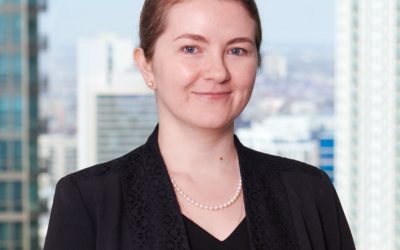FDA will accept public comments at its White Oaks Headquarters on September 4, 2018, on 9 questions, including whether biologics should receive exclusivities, and the ability to use label carve-outs, similar to the treatment afforded small molecules.
As part of its “Biosimilars Action Plan” released on July 18, 2018 (discussed here), FDA will conduct a hearing on September 4, 2018, seeking comments in response to a series of questions about what additional steps FDA can take to promote innovation in the biological products marketplace. These questions, which impact patent and exclusivity issues, will include:
- Purple Book Content: What additional information or features could be incorporated into the Purple Book to make it more useful to stakeholders?
- Label Carve-Outs: Patents or exclusivity may protect one or more conditions of use (e.g., indications) of the reference product. As a result, 351(k) applicants may seek licensure of the proposed biosimilar product for fewer than all of the conditions of use for which the reference product is licensed. Once a condition of use is no longer protected by patents or exclusivity, FDA anticipates that 351(k) applicants often will seek licensure of their product for this condition of use. What challenges do 351(k) applicants face in this context and what should FDA do to achieve the appropriate balance between innovation and competition when one or more conditions of use of the reference product are protected by exclusivity or patents?
- Umbrella Exclusivity: The scope of exclusivity under section 351(k)(7) of the PHS Act may also affect biological product innovation and market entry of biosimilars. Accordingly, FDA seeks comment on the potential application of ‘‘umbrella exclusivity’’ under section 351(k)(7). If umbrella exclusivity were to apply in this context, a biological product that would not be eligible for a new period of exclusivity under section 351(k)(7)(C) would nevertheless be protected for the duration of the exclusivity period for a previously approved reference product. See, for example, 54 FR 28872 at 28897 (July 10, 1989) for an explanation of how umbrella exclusivity functions under the Hatch-Waxman scheme, a related and potentially instructive context, a copy of which may be found here. Thus, umbrella exclusivity could help shield certain biological products that would otherwise not be eligible for their own period of exclusivity under section 351(k)(7)(C) from biosimilar competition. What considerations support recognition of umbrella exclusivity under section 351(k)(7), and what considerations disfavor recognizing umbrella exclusivity? How would umbrella exclusivity promote biological product innovation, and what effect would it have on market entry of biosimilars? What is the relevance and significance, if any, of the patent scheme in considering this issue?

A complete copy of the hearing announcement, and details concerning the required pre-registration, may be found here. For more information on our IP practice in the biologics space, please contact us.



